Quick Bits: Udaipur, the regal gem of Rajasthan, wears its royal past with grace. Dubbed the City of Lakes, it balances calm waters, age-old traditions, and impressive stone...
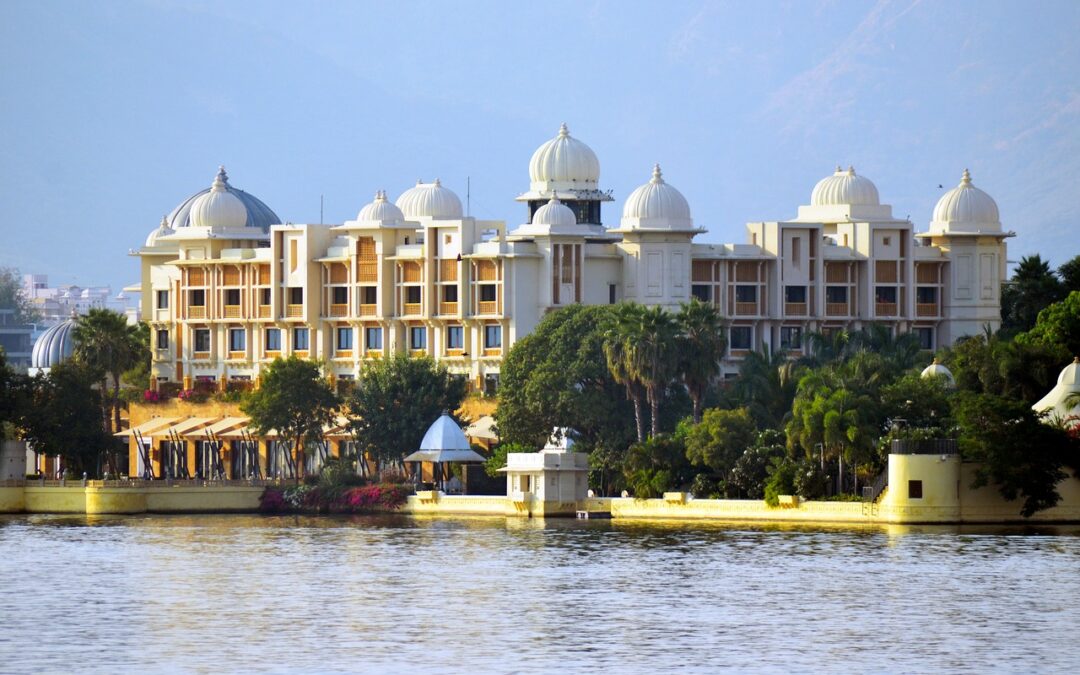

Quick Bits: Udaipur, the regal gem of Rajasthan, wears its royal past with grace. Dubbed the City of Lakes, it balances calm waters, age-old traditions, and impressive stone...
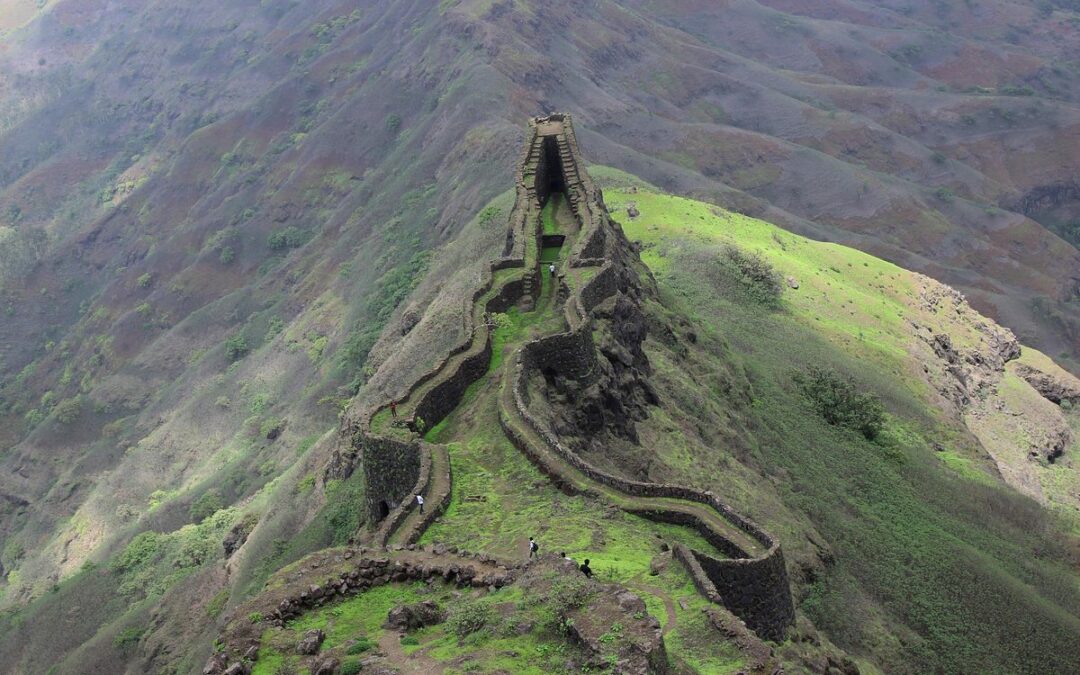
Quick Bits: Pune is a thriving city nestled in the western part of India. It is a cultural powerhouse, known for its vibrant history, educational institutions, IT industry, and...

Quick Bits: Nashik, often called the Wine Capital of India, is a harmonious blend of ancient heritage and modern allure. Nestled in Maharashtra, this city is renowned for its...
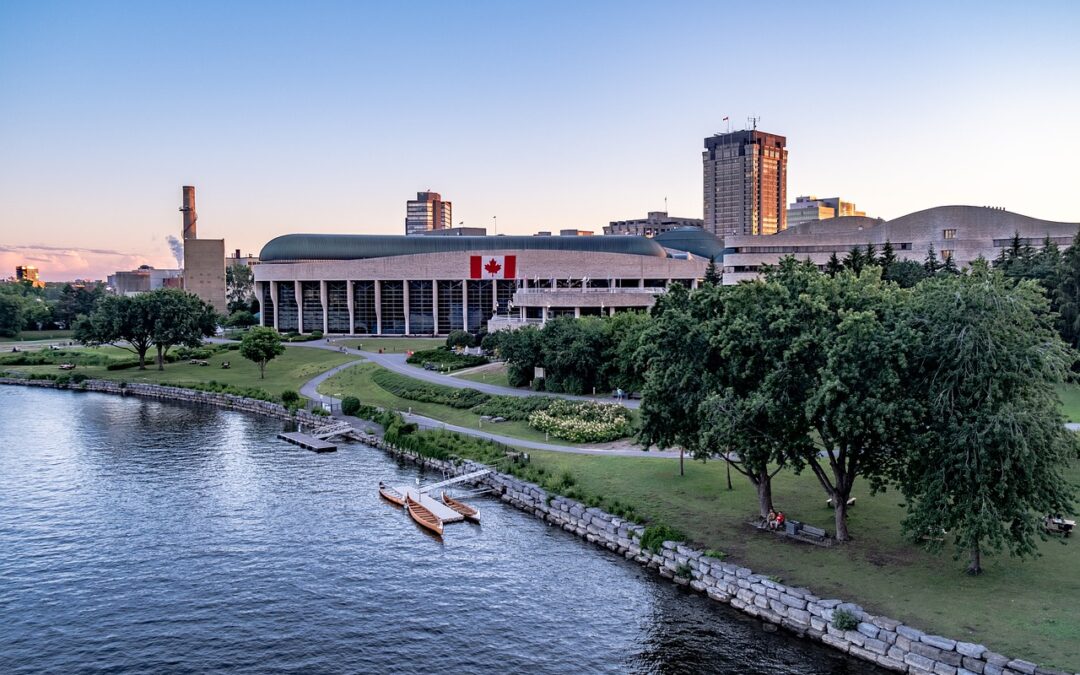
Quick Bits: Gatineau, nestled in Quebec, Canada, offers a mix of urban charm and natural splendor. Known for its cultural landmarks, scenic beauty, and vibrant festivals, it’s a...
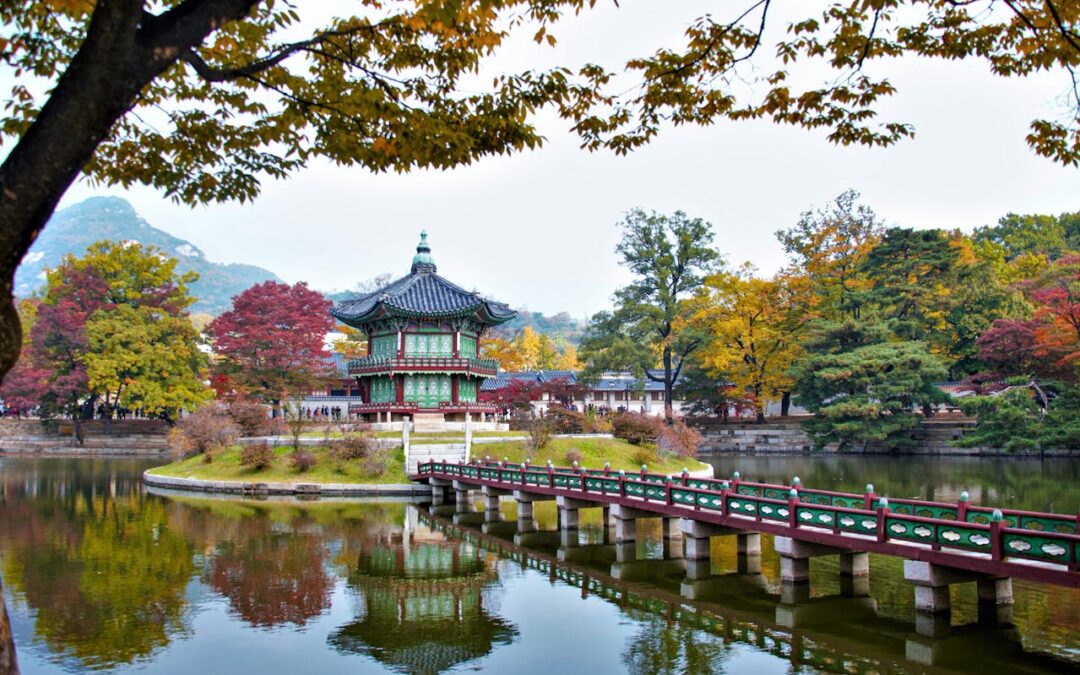
Quick Bits: Korla is a captivating city in Xinjiang, China. Nestled at the intersection of ancient trade routes, Korla has earned its nickname, "Pearl of the Silk Road." This...
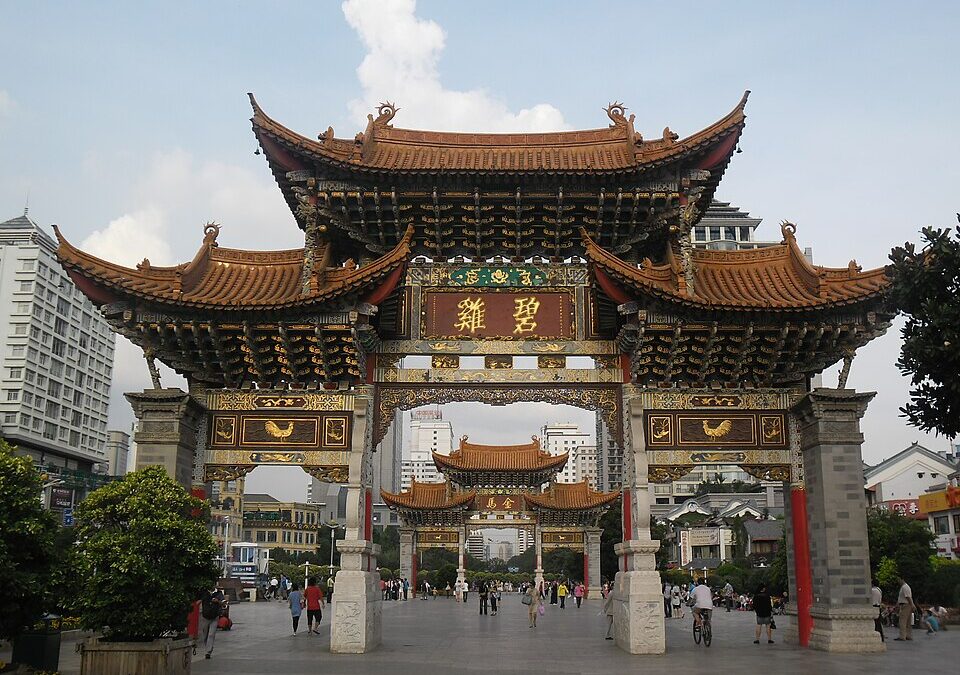
Quick Bits: Kunming, the capital of China’s Yunnan province, is a city that harmoniously blends nature, culture, and history. Renowned for its mild climate, Kunming is...
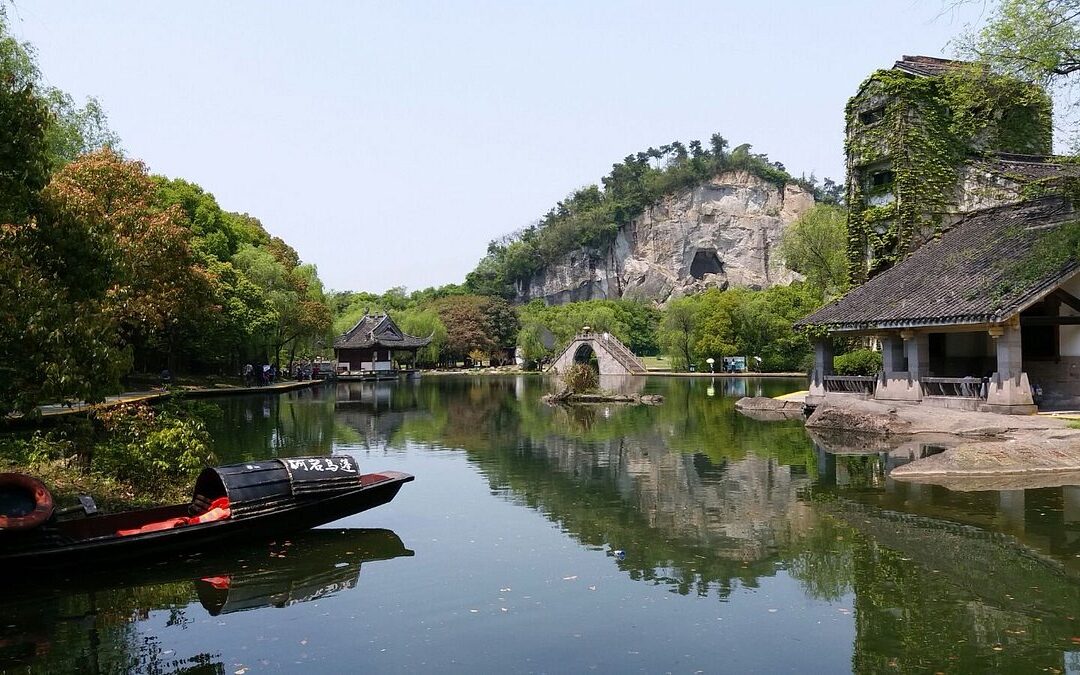
Quick Bits: Shaoxing, located in eastern China’s Zhejiang Province, is one of the most historically rich cities in the country. Renowned for its picturesque canals, ancient...
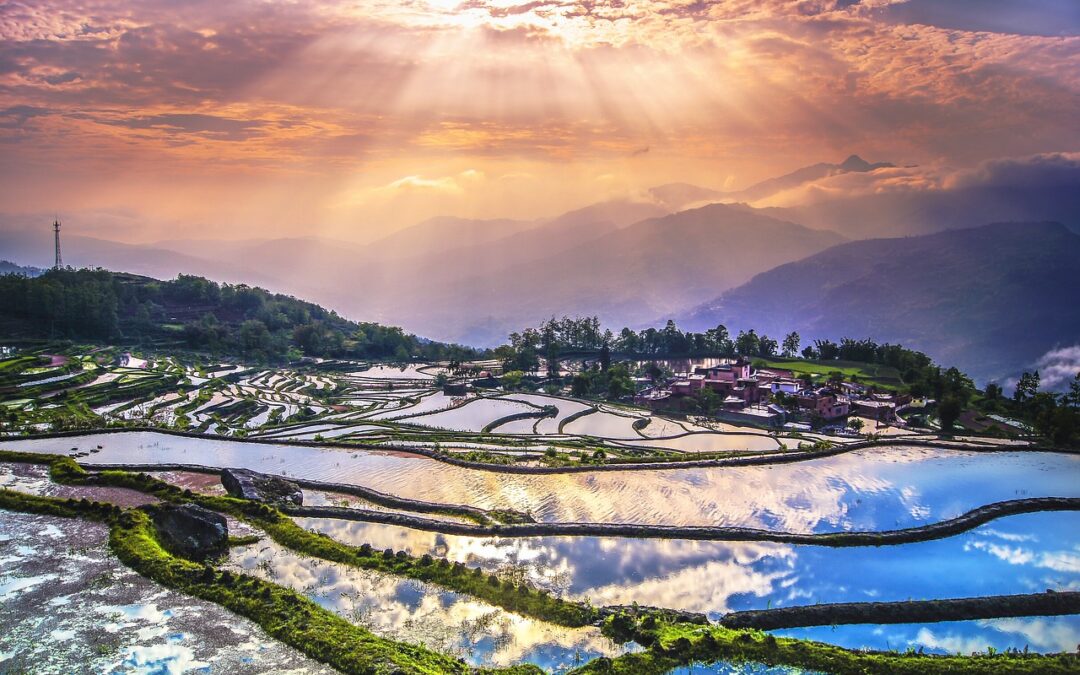
Quick Bits: Yunnan, a province in southwestern China, is a land of dramatic landscapes and diverse cultures. Known for its snow-capped mountains, verdant valleys, and vibrant...
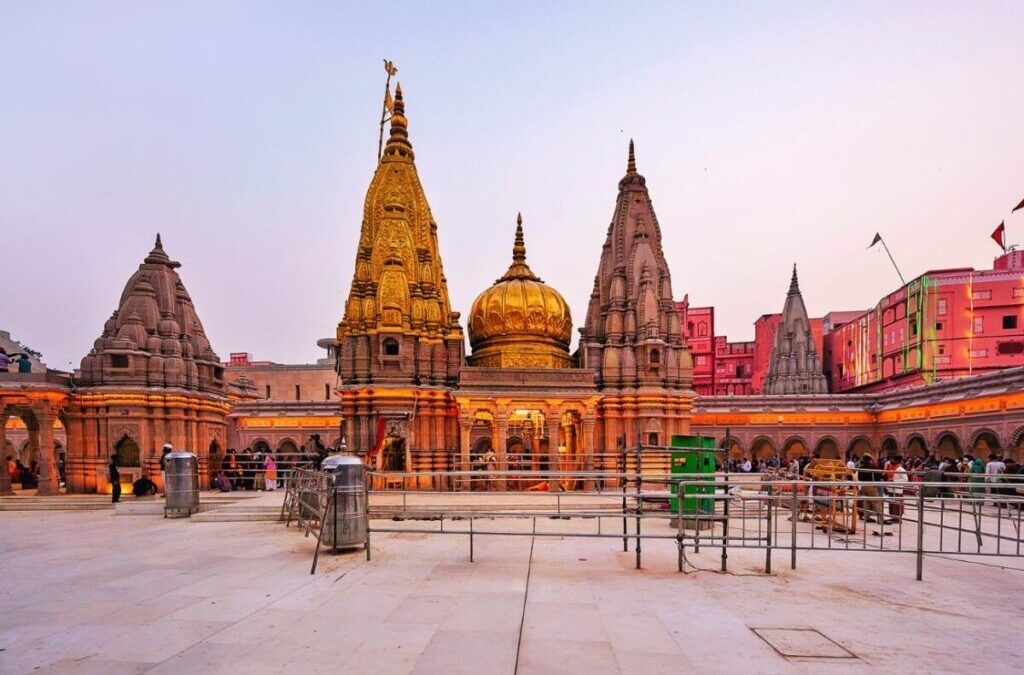
Quick Bits: Varanasi, also called Banaras or Kashi, is one of the world’s oldest living cities. Located in the state of Uttar Pradesh, it sits on the sacred banks of the Ganges...
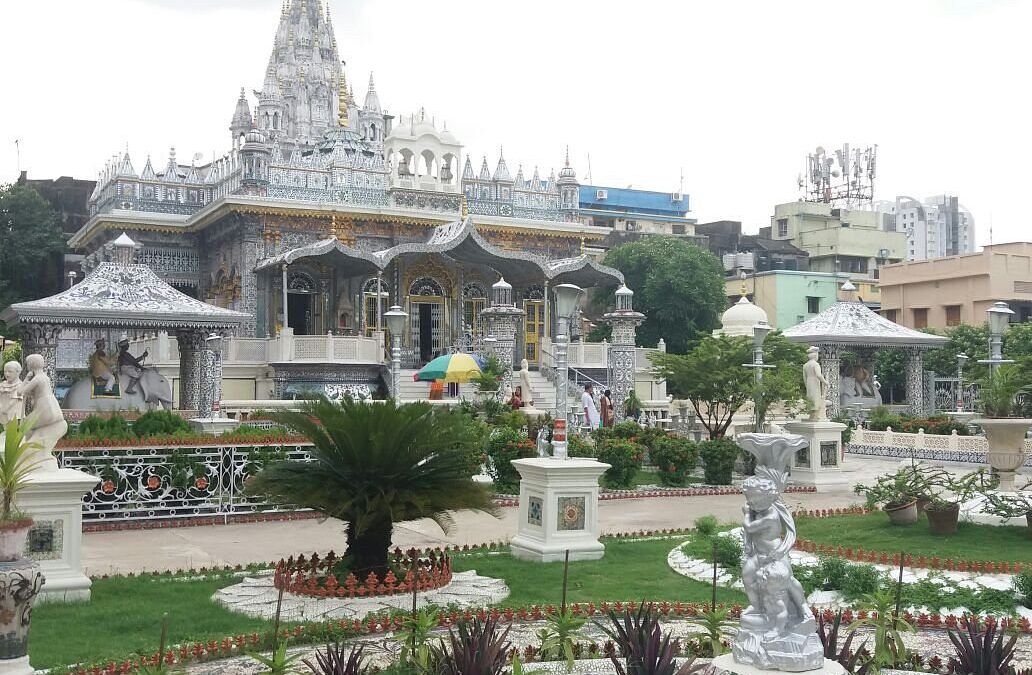
Quick Bits: Kolkata, once known as Calcutta, serves as the cultural heart of India. This city, often called the "City of Joy," blends a vibrant cultural heritage with modern...
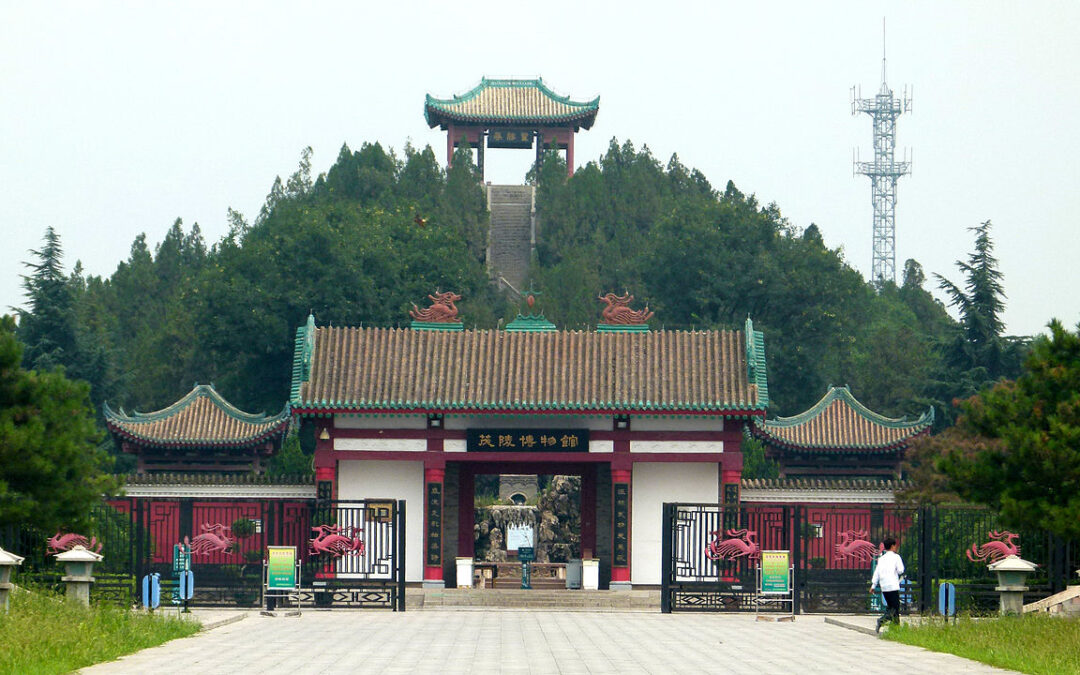
Quick Bits: Xianyang is a city rich in history, culture, and scenic beauty. Once the capital of the Qin Dynasty, it holds significance in China’s storied past and is now a blend...
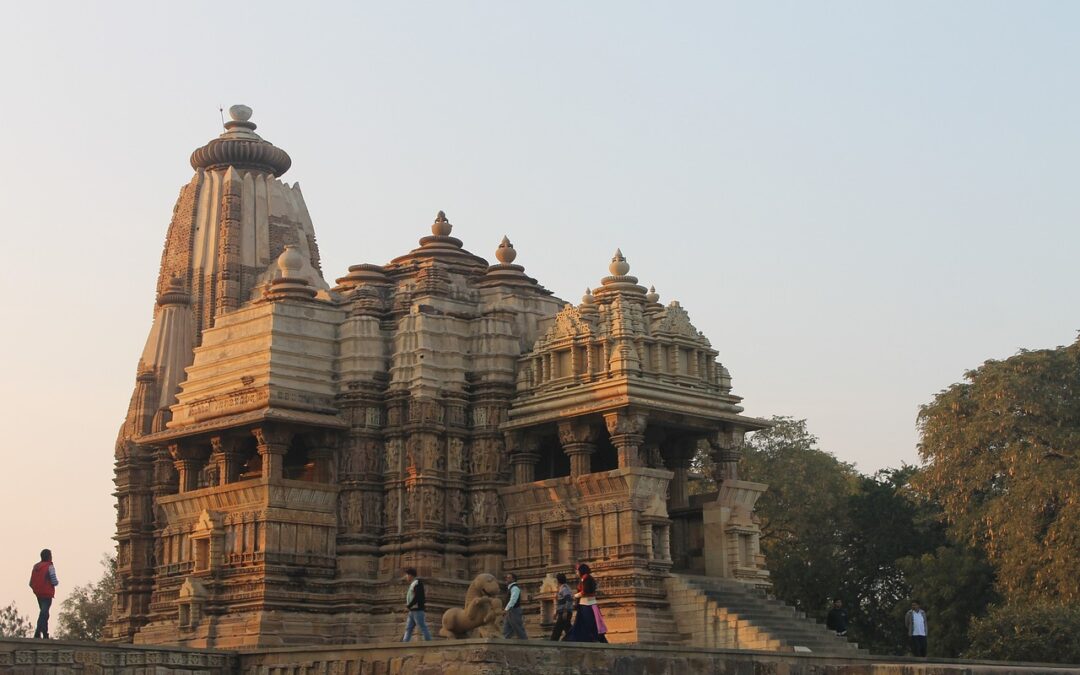
Quick Bits: Ujjain, one of India’s oldest cities, is a place of spirituality, history, and vibrant cultural heritage. Located in the state of Madhya Pradesh, Ujjain is famous for...
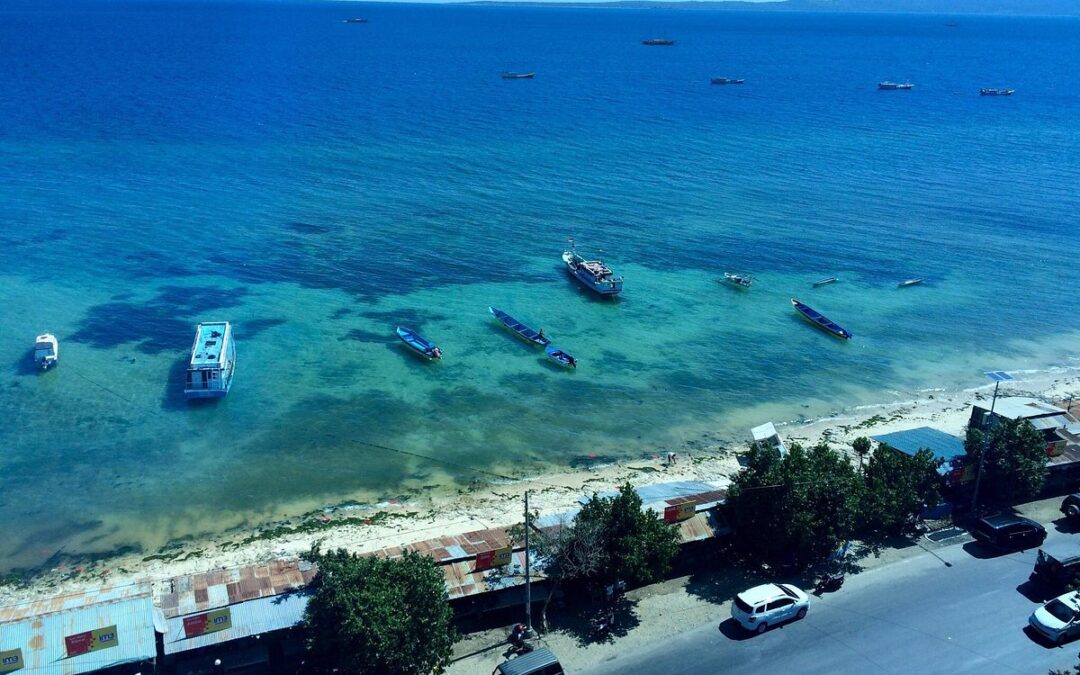
Quick Bits: Kupang, the lively capital of East Nusa Tenggara in Indonesia, offers a unique mix of cultural wonders, natural beauty, and coastal charm. Known for its scenic views,...
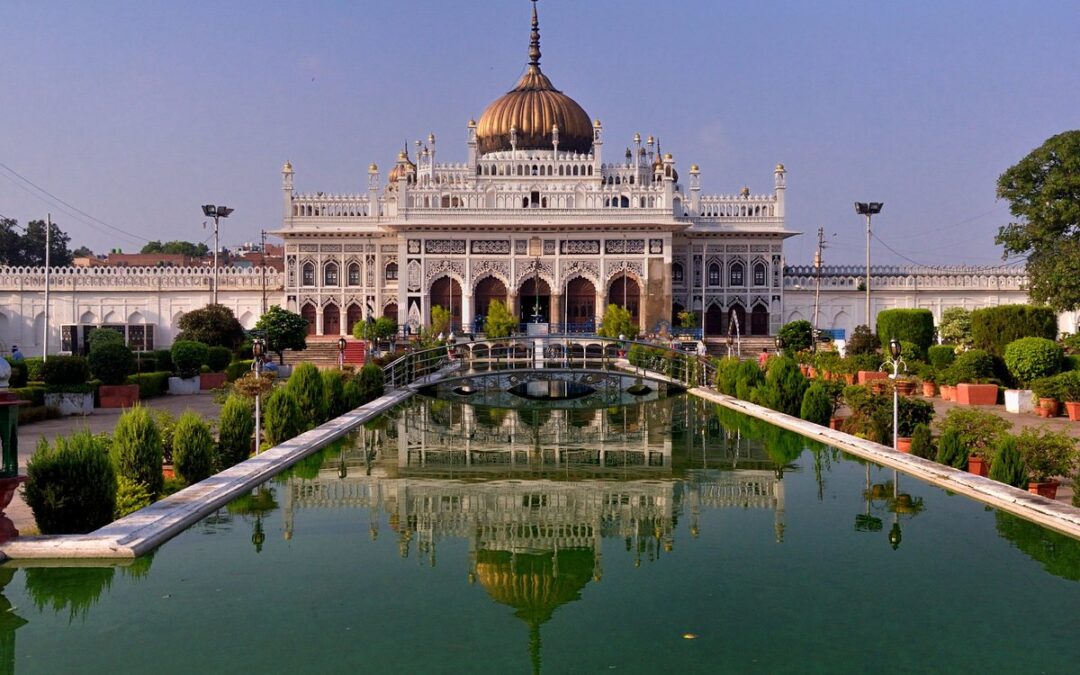
Quick Bits: Lucknow, often called the "City of Nawabs," is a mesmerizing blend of old-world charm and modern-day elegance. Known for its rich history, splendid architecture, and...
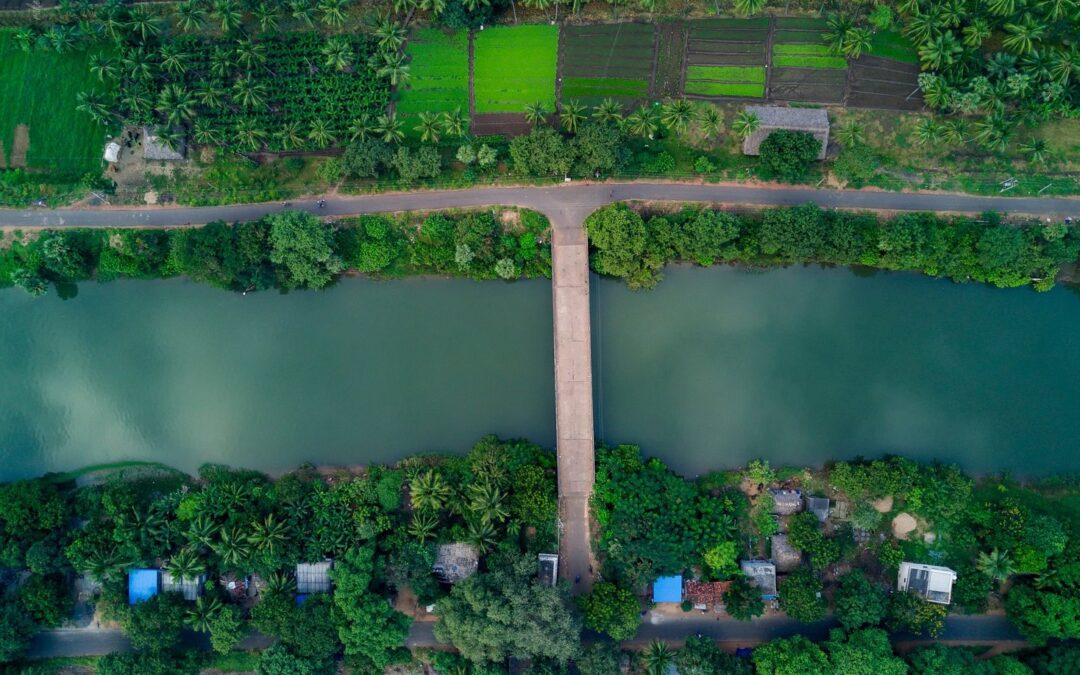
Quick Bits: Rajahmundry, often referred to as the cultural capital of Andhra Pradesh, is a city that seamlessly blends tradition and modernity. Situated on the banks of the...
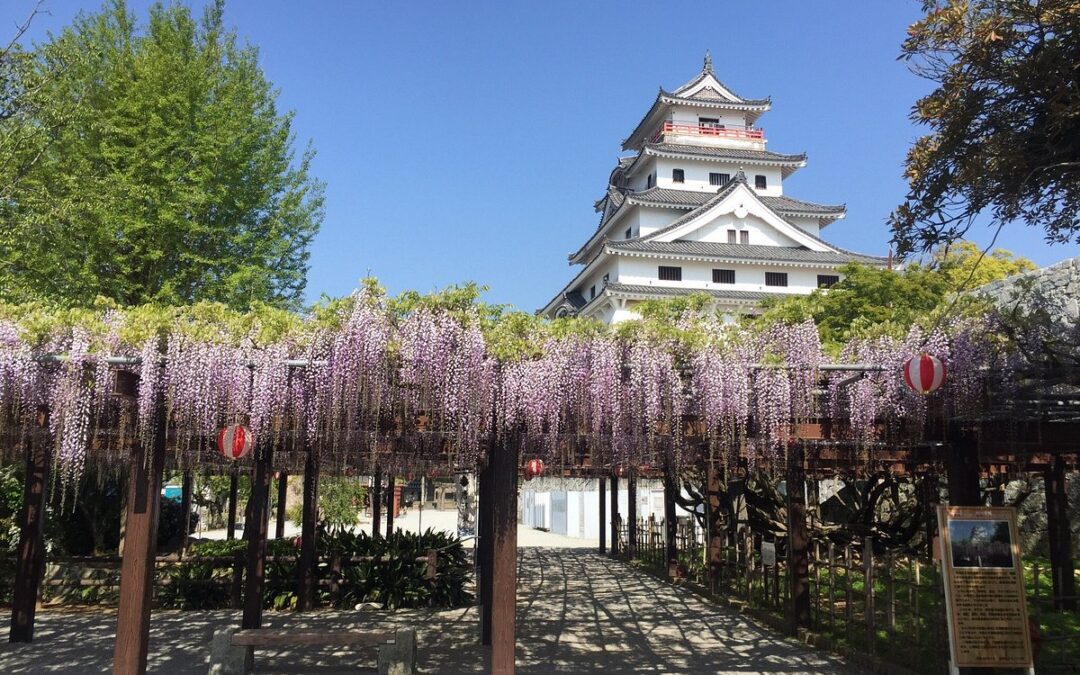
Quick Bits: Karatsu is a coastal city in Japan, brimming with culture, stunning landscapes, and fascinating history. Its serene beaches, ancient castles, and traditional pottery...
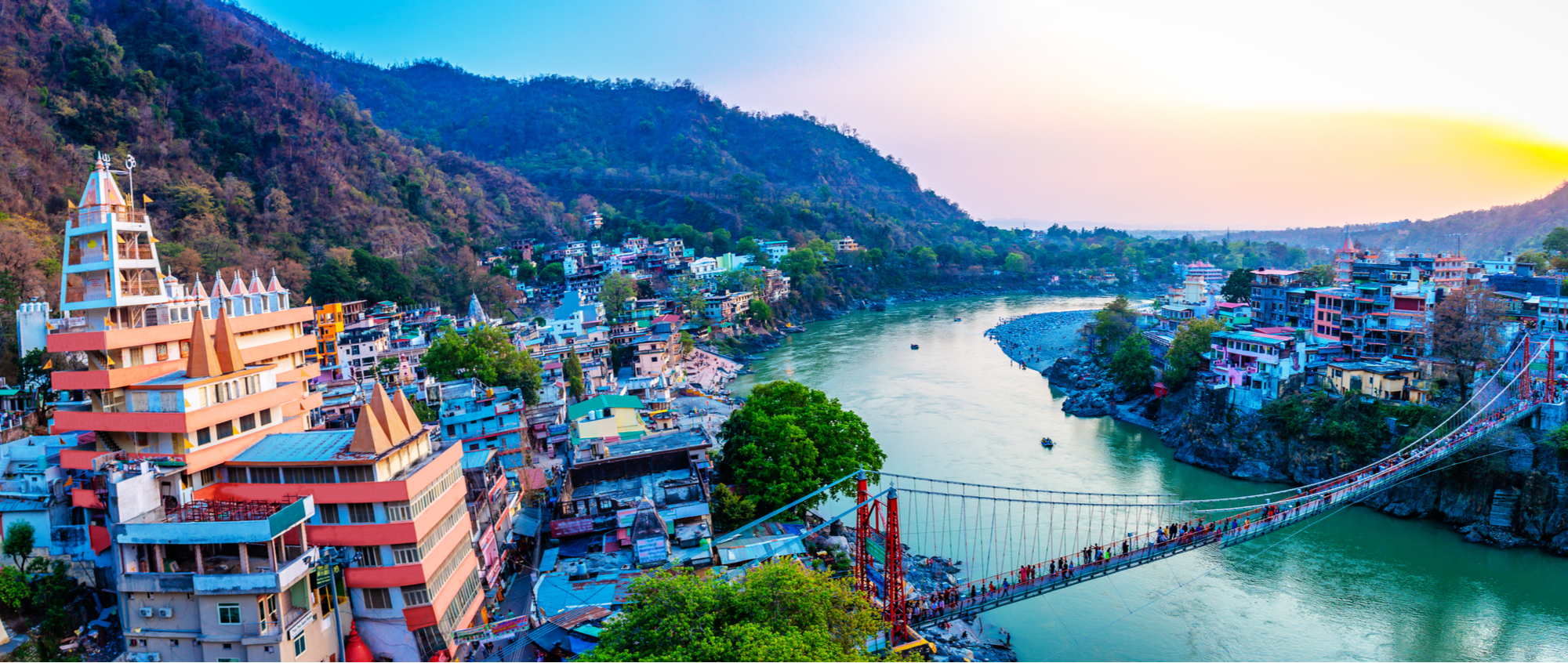
Discover the mystical allure of Uttarakhand, a land of lush valleys, pristine rivers, and snow-capped mountains that beckon travelers seeking both tranquility and adventure. Key...
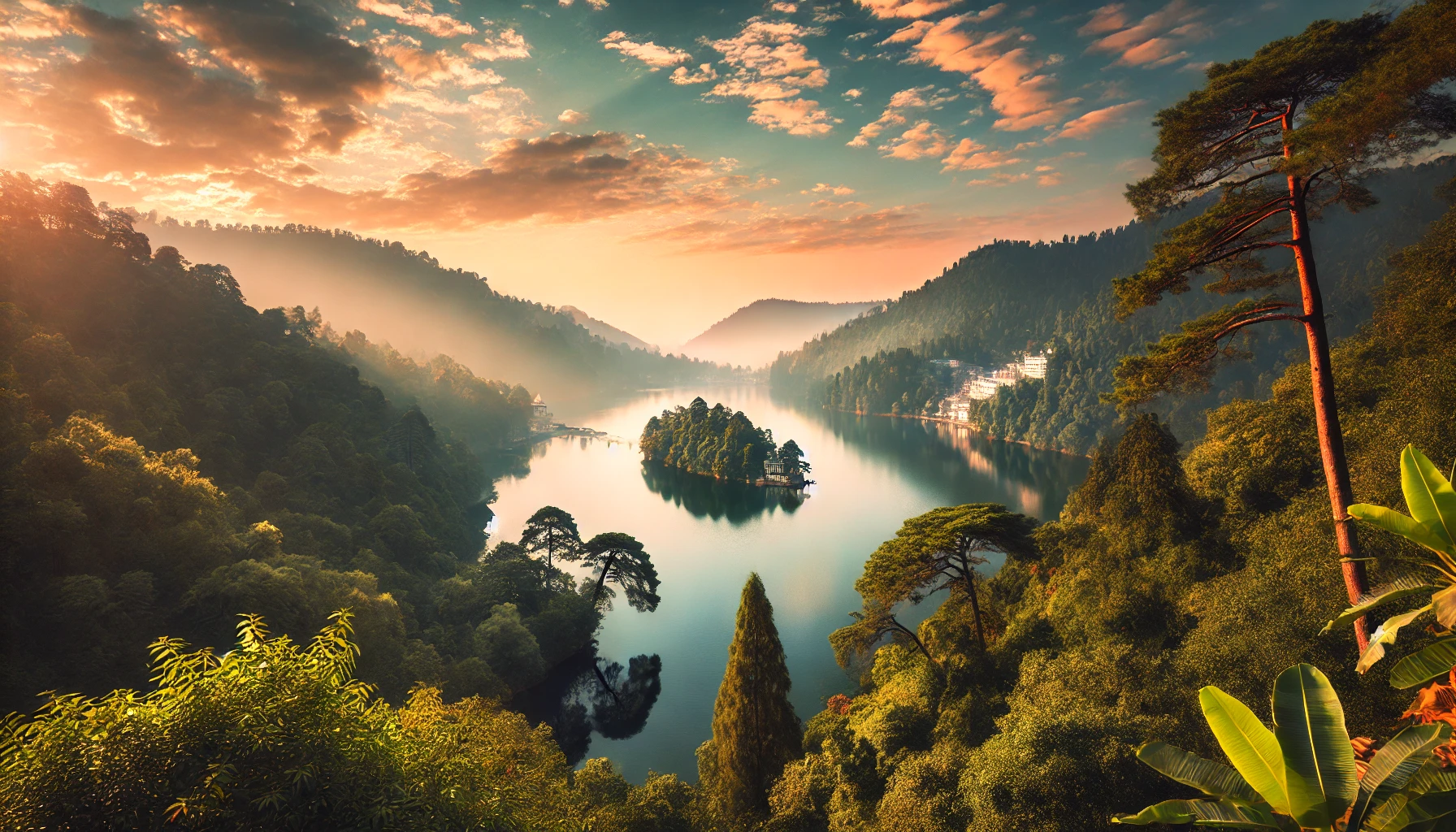
Discover the charm of Nainital, the Lake District of India. From misty lakes to bustling markets, this hill station offers the perfect blend of nature, culture, and adventure. A...
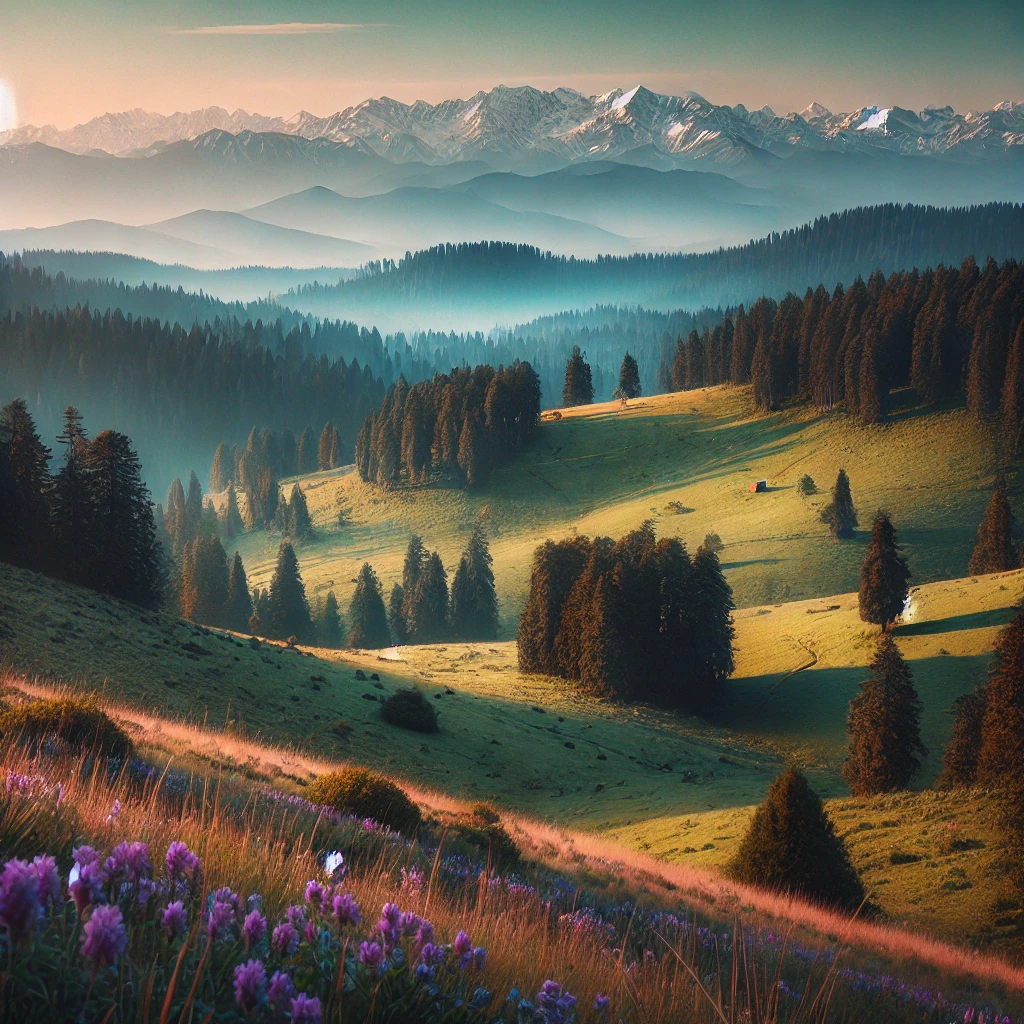
A Picturesque Retreat Awaiting Your Discovery Nestled in the serene lap of the Himalayas, Ranikhet is an enchanting hill station where natural beauty meets history. This charming...
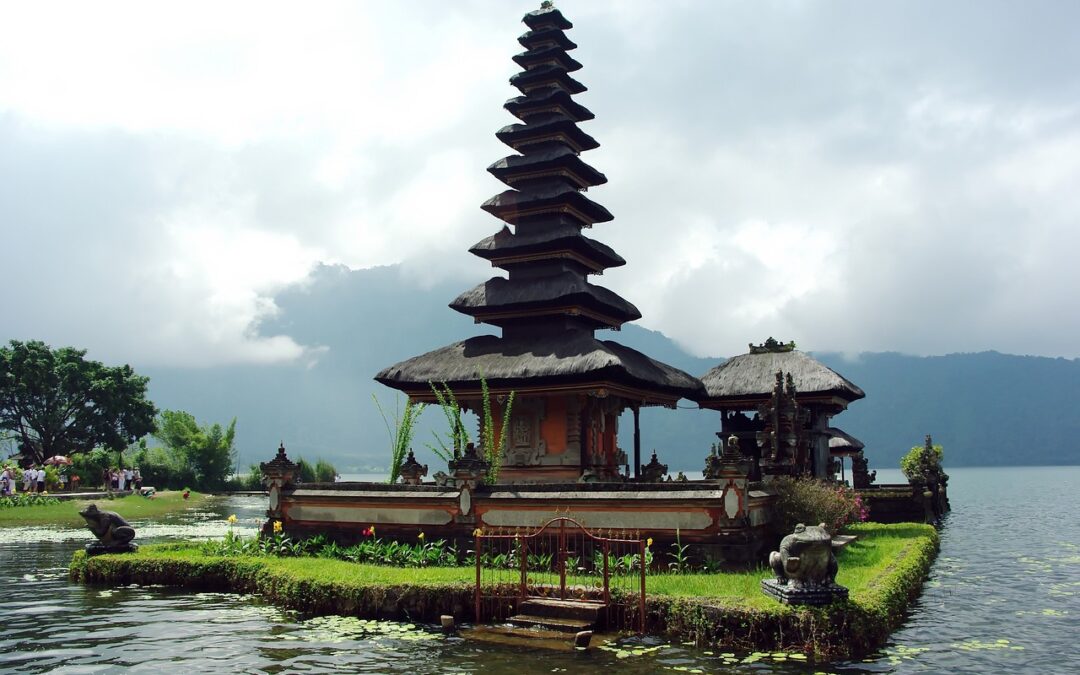
Bali, known as the Island of Gods, is a blend of serene beaches, lush landscapes, and a deep-rooted culture. Explore its unique temples, vibrant festivals, and local traditions...